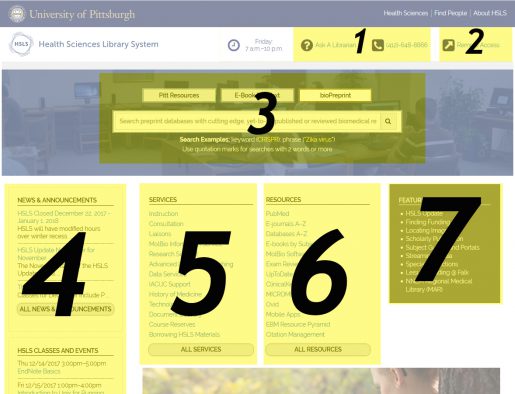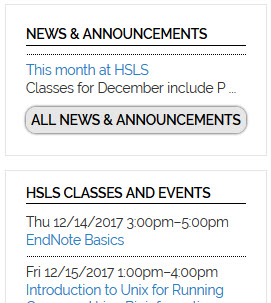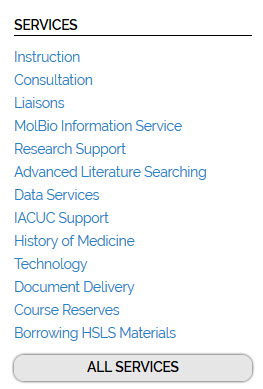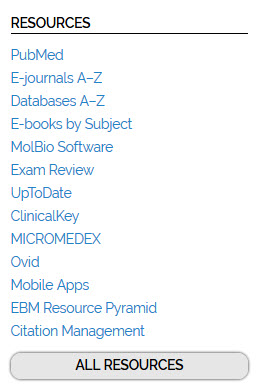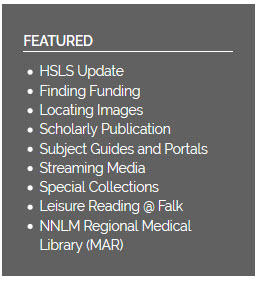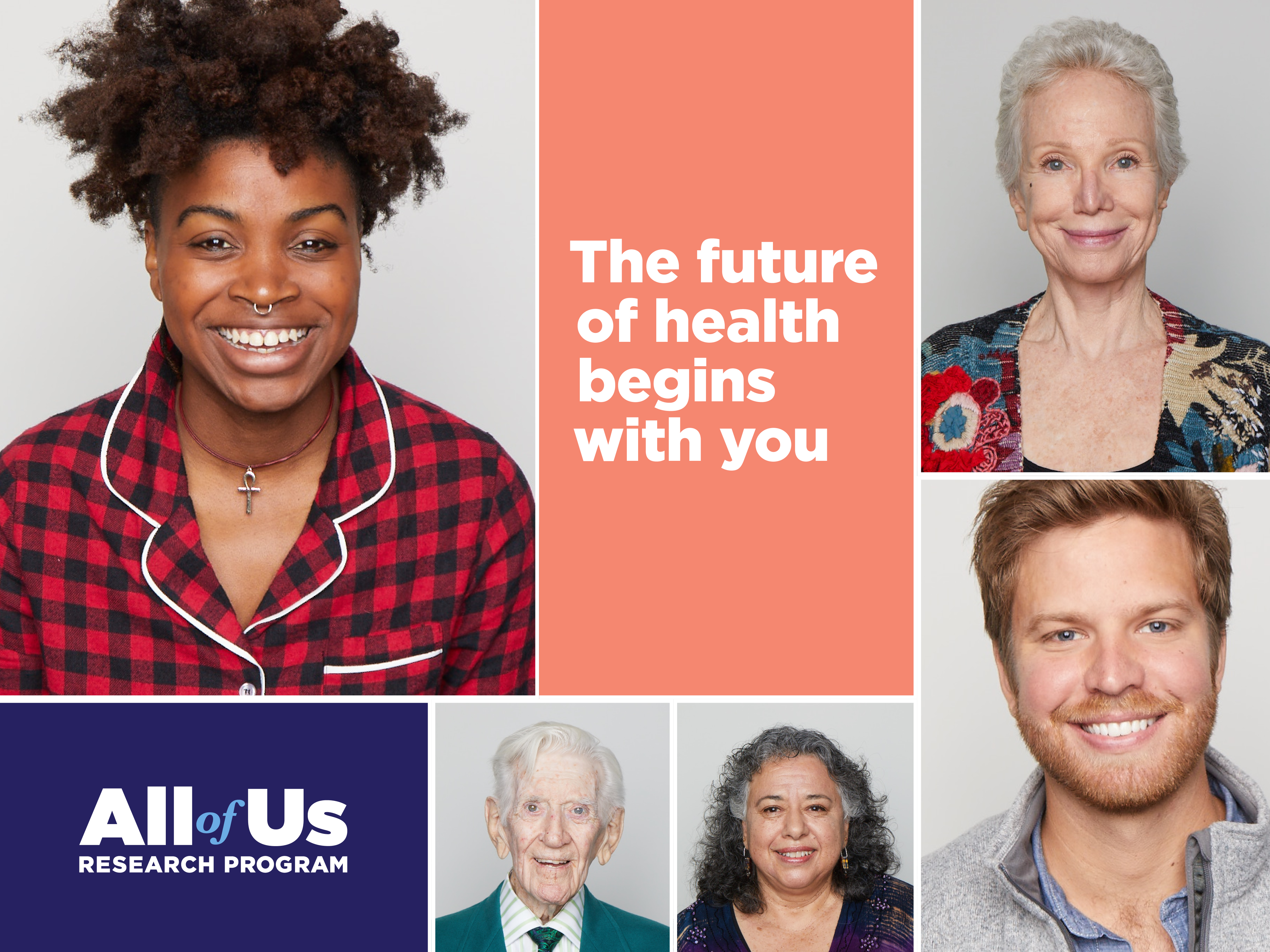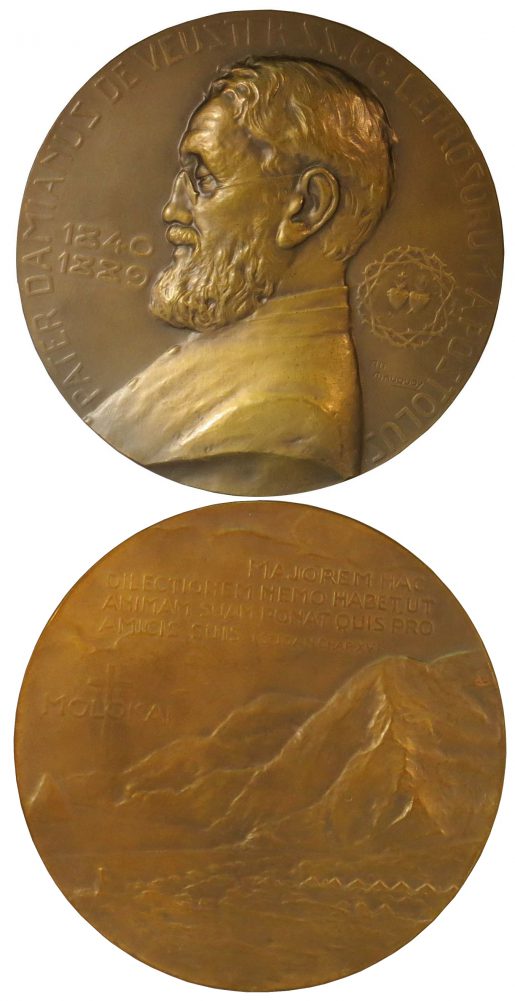 The rigor and trustworthiness of a systematic review is based on the prior planning and documentation of the methodology employed in your review. The protocol lays out these details, provides a clear understanding of your research question(s), and ensures transparency and reproducibility.
The rigor and trustworthiness of a systematic review is based on the prior planning and documentation of the methodology employed in your review. The protocol lays out these details, provides a clear understanding of your research question(s), and ensures transparency and reproducibility.
A protocol:
- allows systematic reviewers to plan carefully and thereby anticipate potential problems;
- allows reviewers to explicitly document what is planned before they start their review, enabling others to compare the protocol and the completed review (that is, to identify selective reporting), to replicate review methods if desired, and to judge the validity of planned methods;
- prevents arbitrary decision making about study selection and extraction of data; and
- may reduce duplication of efforts and enhance collaboration.
Include an HSLS librarian as you establish your team, plan the details of your review, and prepare the protocol. The librarian can help define your search concepts, what databases and information sources to include and describe the initial search strategy.
As explained in HSLS’s Working with the HSLS Systematic Review Program, comprehensive literature searches require many hours of a librarian’s time. A written protocol with a well-defined research question will now be required before HSLS librarians begin to work on any review. Our experience at HSLS suggests that a well-written protocol can reduce the time required to complete literature searches and increase the likelihood that a review will be successfully completed. Once we receive a protocol, it may be reviewed internally to ensure completeness and clarity of search concepts.
For assistance writing your protocol, please see:
- PRISMA-P (Preferred Reporting Items for Systematic Review and Meta-Analysis Protocols)
- “Recommended Standards for Initiating a Systematic Review,” Sections 2.1 – 2.8, Finding What Works in Health Care: Standards for Systematic Reviews, Institute of Medicine
- Writing a Protocol [slidecast] Cochrane Training, The Cochrane Collaboration
- “Rationale for Protocols,” Chapter 2.1, The Cochrane Handbook, Version 5.1
- “Guide to the Contents of a Cochrane Protocol and Review,” Chapter 4, The Cochrane Handbook, Version 5.1
- “Guidelines for Preparation of Review Protocols,” The Campbell Collaboration
Examples of written protocols:
- PROSPERO 2016: CRD42016036449
- PROSPERO 2017: CRD42017067253
Places to register your protocol:
- PROSPERO: International Prospective Register of Systematic Reviews
- Protocol Articles, Systematic Reviews, BioMed Central
- Proposing and Registering New Cochrane Reviews, The Cochrane Collaboration
For more information, contact the HSLS Main Desk at 412-648-8866 or send an e-mail to Ask a Librarian.
~Charlie Wessel

